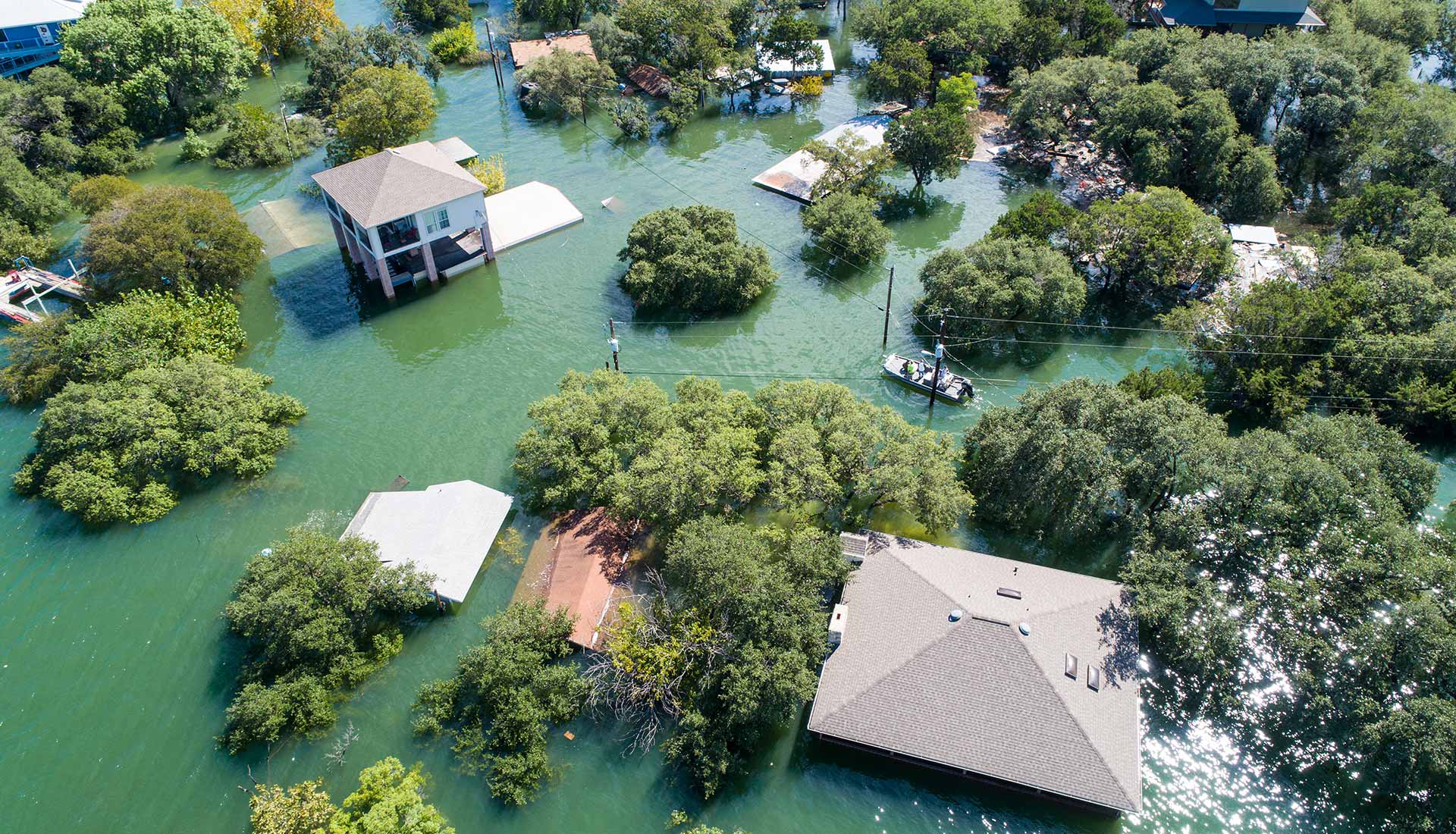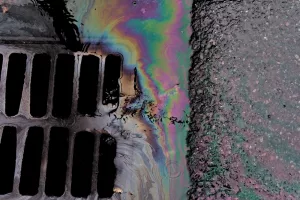If you live or work in Texas, you know how devastating and dangerous flash floods can be. Texas is one of the most flood-prone states in the nation, with more than 800 fatalities and $40 billion in damages from flooding since 1959. Flash floods can happen anywhere intense rain falls faster than the soil can absorb, and it can happen in a flash!
Flash floods are most common from April to September, when most of the rainfall occurs. Flash floods can also be triggered by other factors, such as a dam or levee failure, an ice jam, or a debris dam. Flash floods can roll boulders, tear out trees, destroy buildings and bridges, and scour out new channels. Rapidly rising water can reach heights of 30 feet or more, and carry away anything in its path.
Flash floods can also pose serious risks to businesses that deal with liquid waste, such as oil, chemicals, or water. Flash floods can contaminate and cross-contaminate your equipment and containers, cause inaccurate measurement and billing of your waste volumes and weights, reduce the capacity and efficiency of your waste management system, increase the risk of spills, leaks, fires, explosions, or accidents, and increase your liability and compliance issues with local, state, and federal regulations.
That’s why you need to be prepared and alert for flash flood season in Texas.
How To Protect Your Facility From Flash Floods In Houston
Here are some tips on how to stay safe from flash floods in Texas:
- Know your area’s flood risk. Check online sources, such as NOAA’s Flood Safety website, FEMA’s Flood Map Service Center, USGS’s WaterWatch, or the Texas Flood Information Viewer, for real-time flood information for your county. You can also call your local National Weather Service office, Red Cross chapter, or local emergency management agency for more information.
- Check your insurance. Homeowners’ policies do not cover flooding. Contact your insurance agent to find out how to get flood insurance. You can also visit the National Flood Insurance Program website for more information on how to purchase flood insurance and how to file a claim.
- Plan ahead. Identify where to go if told to evacuate. Choose several places, such as a friend’s home, a motel in another town, or a shelter. Go to higher ground and avoid low-lying areas, such as valleys, canyons, or washes. You can also visit the Texas Division of Emergency Management website for information on evacuation routes, shelters, and emergency preparedness.
- Monitor the weather. Always check the weather forecast before going out or traveling. Pay attention to any flash flood watches or warnings issued by the National Weather Service. A flash flood watch means that flash flooding is possible in your area. A flash flood warning means that flash flooding is imminent or occurring in your area. You can also sign up for emergency alerts on your phone or radio, such as Wireless Emergency Alerts (WEA) or NOAA Weather Radio All Hazards. You can also visit the iNWS website to receive customized alerts from the National Weather Service via email or text message.
- Stay away from flood waters. Never try to walk, swim, or drive through swift water. Even 6 inches of fast-moving water can knock you off your feet, and a depth of 2 feet will float your car. If you come upon flood waters, stop, turn around, and go another way. If you are in a car and water is rising around you, abandon it immediately and seek higher ground.
- Protect your equipment and containers. If you are a business that deals with liquid waste, make sure to secure your equipment and containers before a flash flood occurs. Move them to higher ground if possible, or anchor them firmly. Make sure they are properly sealed and labeled. Keep an inventory of your waste volumes and weights.
Flash floods are a serious threat in Texas, and they can happen at any time. That’s why you need to be prepared and alert for flash flood season in Texas. By following these tips, you can stay safe from flash floods and protect your facility, equipment, and containers from contamination and damage.




